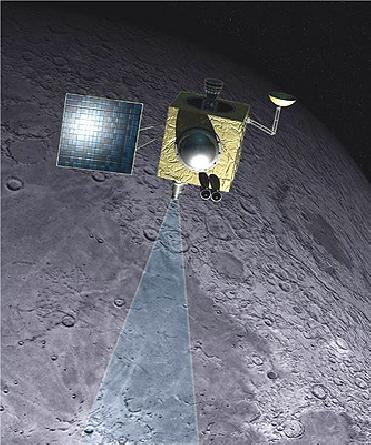
The images taken by Spitzer space telescope. -- Image credit: NASA
WASHINGTON (BNS): After being rendered a new lease of life with its ‘warm’ science mission starting last month, NASA’s Spitzer Space Telescope has captured images of several celestial bodies including a bustling star-forming region and a swirling galaxy.
The infrared telescope ran out of coolant on May 15, 2009 – more than five-and-one-half-years after its launch. It has since warmed to a still-frosty 30 degrees Kelvin (about minus 406 degrees Fahrenheit) after officially beginning its warm science mission on July 27, 2009.
New images, taken with two of the telescope’s infrared detector channels operating at new warmer temperature, demonstrate the observatory remains a powerful tool for probing the dusty Universe. The images show a bustling star-forming region, remains of a star similar to the Sun, and a swirling galaxy lined with stars, NASA said.
The first of three images shows a cloud bursting with stars in the Cygnus region of our Milky Way galaxy. Spitzer's infrared eyes peer through and see dust, revealing young stars tucked in dusty nests. The second image shows a nearby dying star – a planetary nebula called NGC 4361 – which has outer layers that expand outward in the rare form of four jets. The last picture is of a classic spiral galaxy called NGC 4145, located approximately 68 million light-years from Earth.
Elaborating on the telescope’s functioning, Doug Hudgins, Spitzer programme scientist at NASA headquarters in Washington, said “The performance of the two short wavelength channels of Spitzer's Infrared Array Camera is essentially unchanged from what it was before the observatory's liquid helium was exhausted.
“To put that in perspective means Spitzer's sensitivity at those wavelengths is still roughly the same as a 30-meter ground-based telescope. This breathtaking image demonstrates Spitzer will continue to deliver world-class imagery and science during its warm mission,” the scientist said.
“With Spitzer's remaining shorter-wavelength bands, we can continue to see through the dust in galaxies and get a better look at the overall populations of stars,” said Robert Hurt, imaging specialist for Spitzer at Spitzer Science Center at California Institute of Technology in Pasadena.
Spitzer was launched from Florida on August 25, 2003. Since then, it has explored many regions of the cosmos including planet-forming disks around stars, the composition of the material making up comets, hidden black holes, galaxies billions of light-years away and more.
The ‘warm’ Spitzer will address many of the same science questions as before. It also will tackle new projects, such as refining estimates of Hubble's constant, or the rate at which our universe is stretching apart; searching for galaxies at the edge of the universe; characterizing more than 700 near-Earth objects, or asteroids and comets with orbits that pass close to our planet; and studying the atmospheres of giant gas planets expected to be discovered soon by NASA's Kepler mission, the US space agency said.
 Previous Article
Previous Article Next Article
Next Article













The Indian Air Force, in its flight trials evaluation report submitted before the Defence Ministry l..
view articleAn insight into the Medium Multi-Role Combat Aircraft competition...
view articleSky enthusiasts can now spot the International Space Station (ISS) commanded by Indian-American astr..
view article